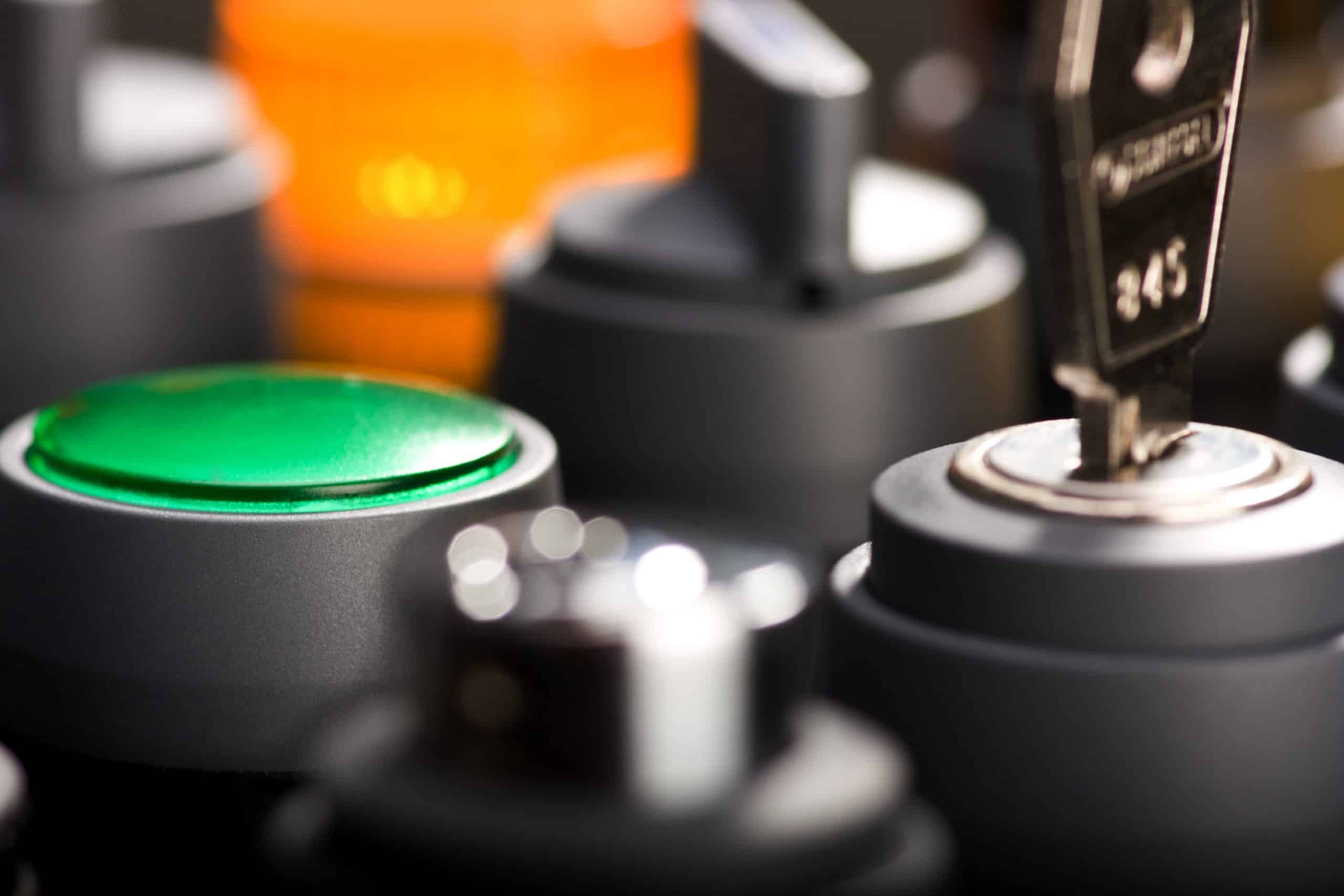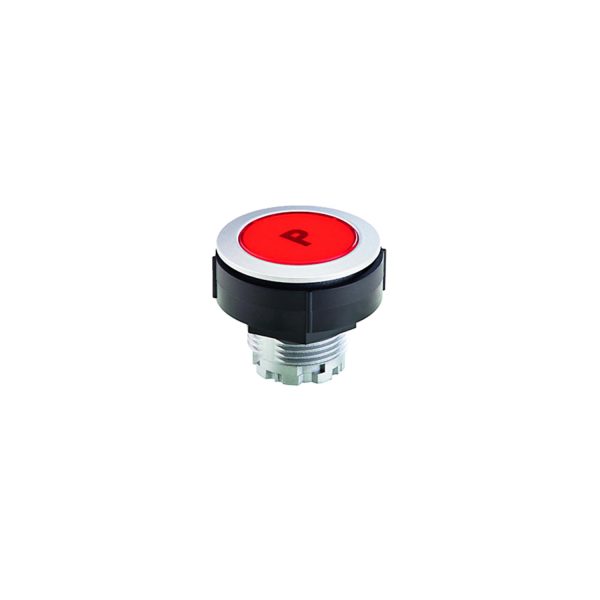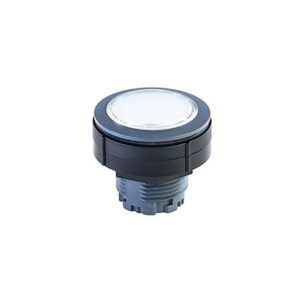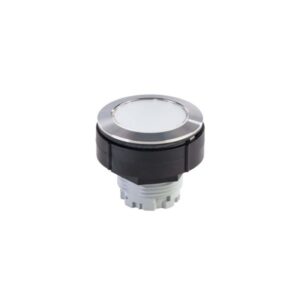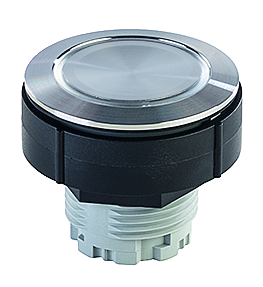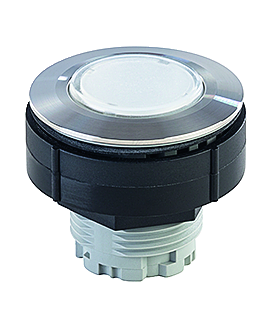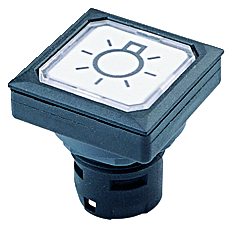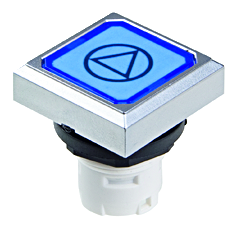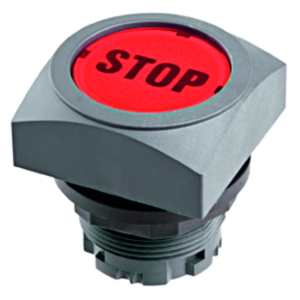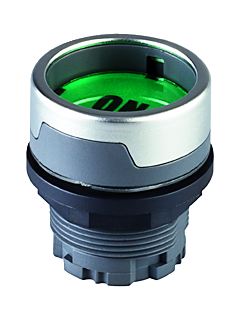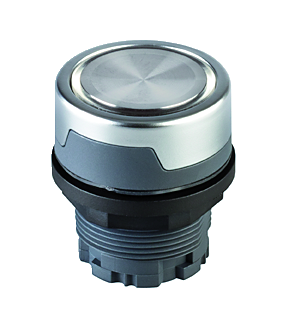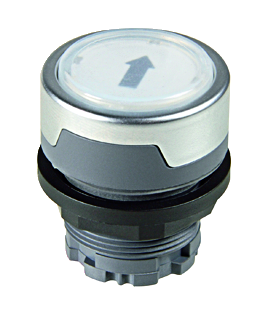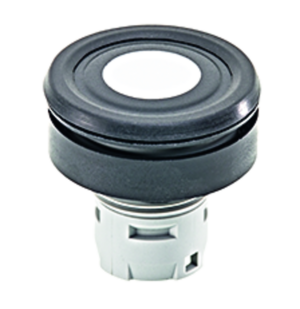Industrial Push Buttons Overview of Push Buttons in Industrial Settings Definition and Purpose Industrial push buttons are electromechanical components used to control machinery and processes…
Industrial Push Buttons
Overview of Push Buttons in Industrial Settings
Definition and Purpose
Industrial push buttons are electromechanical components used to control machinery and processes in demanding environments. Designed for frequent use, they send electrical signals when actuated and serve critical functions such as starting, stopping, or changing machine states.
Importance in Industrial Machinery
In automated systems, these devices offer a tactile and visual interface for operators, enabling reliable manual control. Their integration into safety and operational circuits makes them vital for machine functionality and protection.
Types of Industrial Push Buttons
Panel mount push buttons
These mechanical devices are essential in a variety of industrial applications and are often found in machinery control panels. Whether paired with audible devices or used as standalone triggers, they are integral to equipment operation. Mounted as part of broader panel components, they play a vital role in real-time human-machine interaction.
Panel mount push buttons are the most common configuration used in industrial and commercial equipment. These control devices are designed to be installed through holes in control panels or enclosures, typically secured by a locking nut or threaded bezel. They are available in standard sizes such as 16mm, 22mm, and 30mm diameters.
Each panel mount unit is a type of switch that delivers reliable interface control. Depending on its contact configuration, it may include normally open (NO), normally closed (NC), or a combination of both contact blocks. Types of push button switches include momentary, latching, emergency stop, and illuminated designs.
Momentary Push Button Switch
Momentary switches are active only while being pressed. They are typically used for start/stop operations, signal inputs, or temporary override functions in control systems requiring a momentary position.
Latching Switches
Latching models stay engaged after being pressed and require a second action to disengage. Commonly used for power toggles and mode selection, they provide a stable state for control logic.
Emergency Stop Buttons
Emergency stop models are large, usually red, mushroom-style switches designed to immediately disconnect power in hazardous situations. They feature fail-safe mechanisms and comply with safety standards such as EN ISO 13850.
Illuminated Push Buttons
Illuminated designs integrate LED indicator lights for visual feedback, showing status or guiding operators. Common in control panels and power control terminals, they improve visibility in low-light conditions and enhance system communication.
Key Features of Industrial Push Buttons
Industrial push buttons support industrial control systems and machine control systems, providing dependable operation for essential processes. Built for use across a wide variety of environments and equipment types, these components include metal operators, specialty actuators, and custom panel options tailored for both rugged and aesthetic installations.
Industrial push buttons are engineered for reliable performance in demanding environments. Many feature silver contacts for improved conductivity and durability across millions of cycles. These switches maintain consistent operation within a sealed electrical circuit, offering a high level of protection even when exposed to dust, oil, or moisture.
IP Ratings and Durability
Push buttons designed for harsh environments typically come with IP65, IP67, or higher ratings. These seals provide protection against dust, water, and industrial contaminants, allowing consistent function in rugged applications such as factories, outdoor equipment, and food processing lines. These devices are built with ingress protection ratings such as IP65, IP67, or higher, ensuring resistance to dust, water, and oil. This makes them suitable for harsh and wet environments, especially in heavy industrial applications.
Modularity and Flexibility
Many systems use modular assemblies with interchangeable actuators, specialty operators, contact blocks, and bezels. This flexibility simplifies maintenance and customization for an extensive range of applications. Many systems use modular assemblies with interchangeable actuators, contact blocks, and bezels. This flexibility simplifies maintenance and customization for a wide range of applications.
Safety Features
Options like positive opening contacts, key-lock actuators, and LED status indicators enhance safety. These features are essential in applications requiring compliance with functional safety standards.
User-friendly Designs
From ergonomic button head profiles to intuitive color coding, selector switches and momentary pushbuttons are crafted to deliver tactile, visual, and auditory feedback. These ergonomic details reduce operator error and improve workflow efficiency. From ergonomic actuator profiles to intuitive color coding, selector switches and button switches are designed to provide tactile, visual, and auditory feedback, reducing operator error.
Aesthetic and Ergonomic Designs
Importance of Aesthetics
While primarily functional, the appearance of a button switch can impact operator confidence and usability. Sleek, clearly labeled designs enhance the professional look of machinery and panels.
Ergonomic Considerations
Controls are often shaped and sized for gloved hands and repetitive use. Ergonomic design ensures fatigue-free operation and consistent interaction, especially in high-cycle industrial environments.
